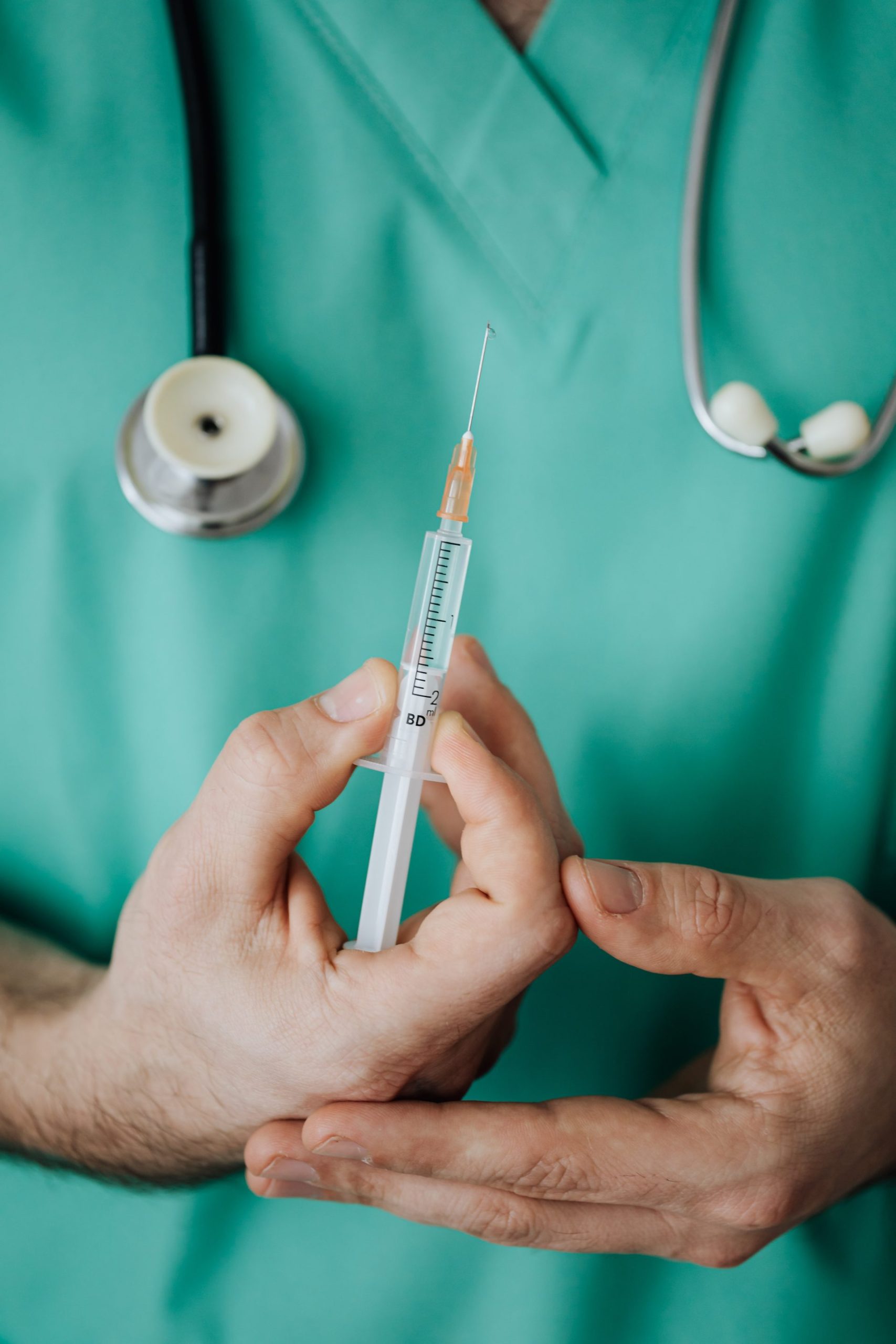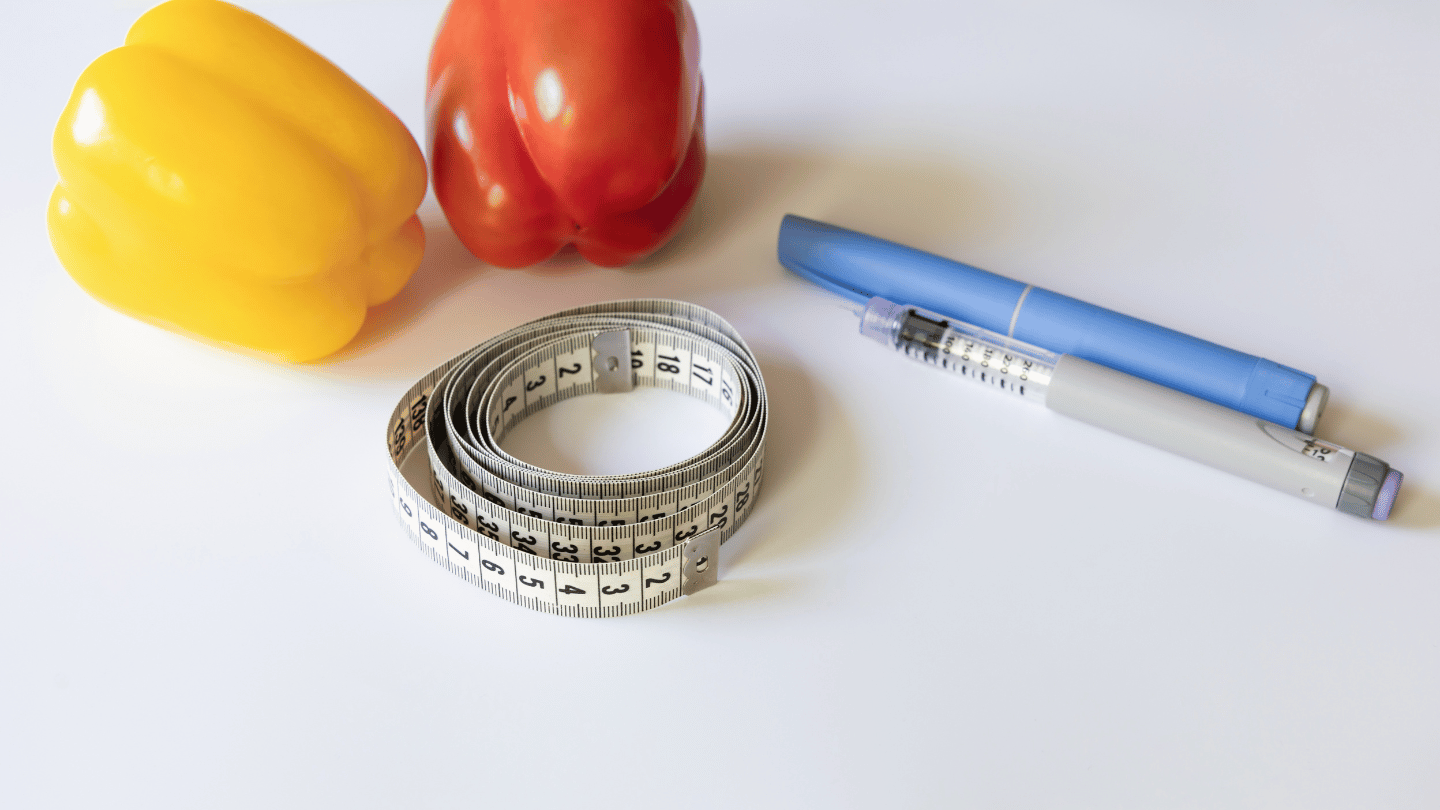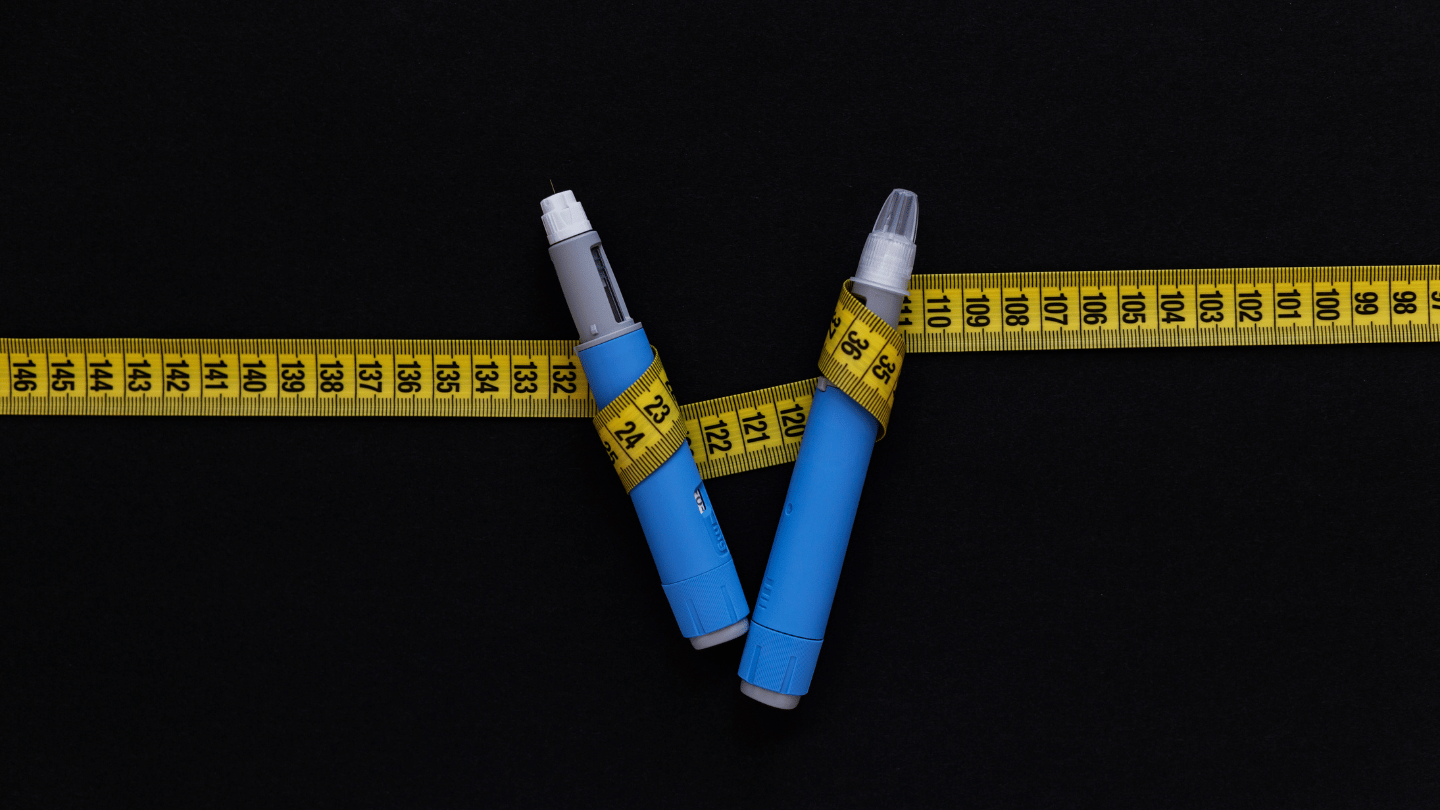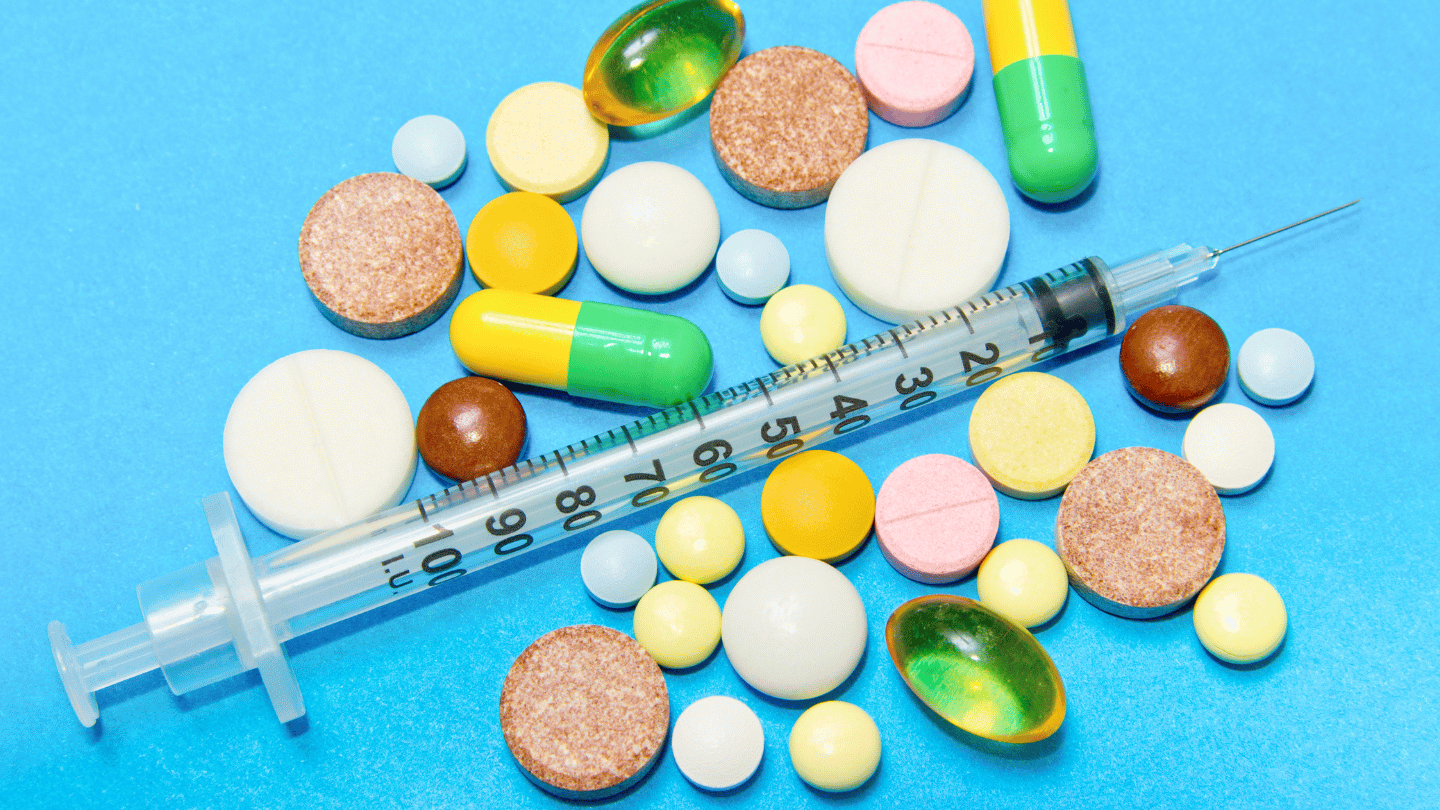When switching from fentanyl to Suboxone (buprenorphine and naloxone), it’s essential to put some time between your last dose of fentanyl and your first dose of Suboxone.
How Long Should I Wait to Start Taking Suboxone?
It’s best to wait at least 72 hours (3 days) between stopping fentanyl and beginning Suboxone to avoid precipitated withdrawal. In one study, more than 22% of patients who waited less than 24 hours between fentanyl and buprenorphine doses suffered precipitated withdrawal.
What is Precipitated Withdrawal?
Precipitated withdrawal happens when you take Suboxone while fentanyl (or another opioid) is still attached to your opioid receptors. Because Suboxone has such a strong attraction to your opioid receptors, it will “push” the fentanyl off your receptors and replace it, causing immediate withdrawal symptoms, which can be severe. These symptoms may include:
- Intense pain, including headache
- Anxiety
- Diarrhea
- Nausea and vomiting
- Runny nose
- Chills and goosebumps (so-called “cold turkey”)
Fentanyl is Short-Lasting, So Why Do I Have to Wait So Long to Start Suboxone?
While fentanyl is a short-lasting opioid, it is absorbed into the body’s fat tissue and then slowly released for days following the last use of fentanyl. This slow but steady release of fentanyl attaching to your opioid receptors can cause precipitated withdrawals if you replace that fentanyl with Suboxone.
How Can I Prevent Precipitated Withdrawal?
To prevent precipitated withdrawal, wait until the fentanyl is almost completely cleared out of your body before beginning Suboxone. This can be challenging since you have to be in withdrawal for several days to avoid an even stronger withdrawal from taking Suboxone. Because the waiting period can be challenging, many patients do not wait the recommended amount of time.
However, a technique known as microdosing shows promise. In microdosing, patients are given small doses of Suboxone at short intervals to slowly replace the fentanyl molecules that are attached to their opioid receptors. This slow replacement prevents precipitated withdrawal. Doses as small as 0.5 mg or 1 mg are often taken (instead of the usual 8 mg). This can be most easily achieved by cutting the Suboxone strip into small pieces (this is harder to do with the tablet form).
Where Can I Be Treated for Opioid Use Disorder (OUD)?
QuickMD is the largest tele-MOUD (medication for opioid use disorder via telemedicine) service in the United States. We treat tens of thousands of patients each month from the convenience of their homes. If you’d like to speak with a provider about being prescribed Suboxone via tele-MOUD, get in touch today.
Get Professional Advice on Suboxone Use with QuickMD
For personalized advice and support in switching from fentanyl to Suboxone, QuickMD’s opioid addiction telemedicine services are here to help. Consult with a QuickMD provider today to ensure a safe and effective transition.
















